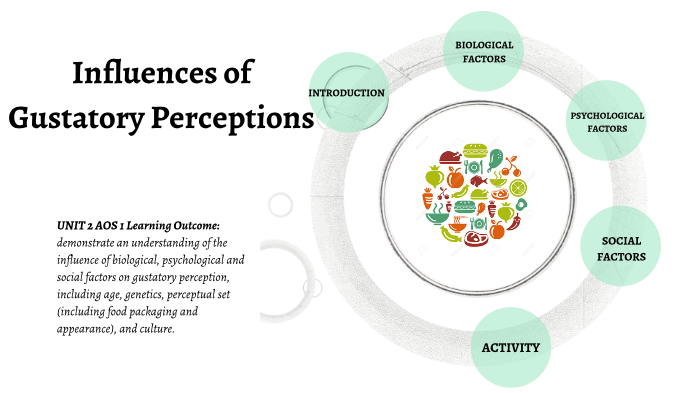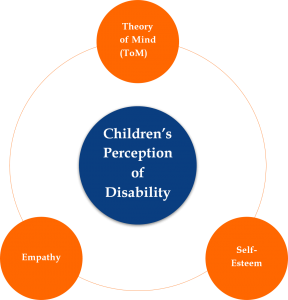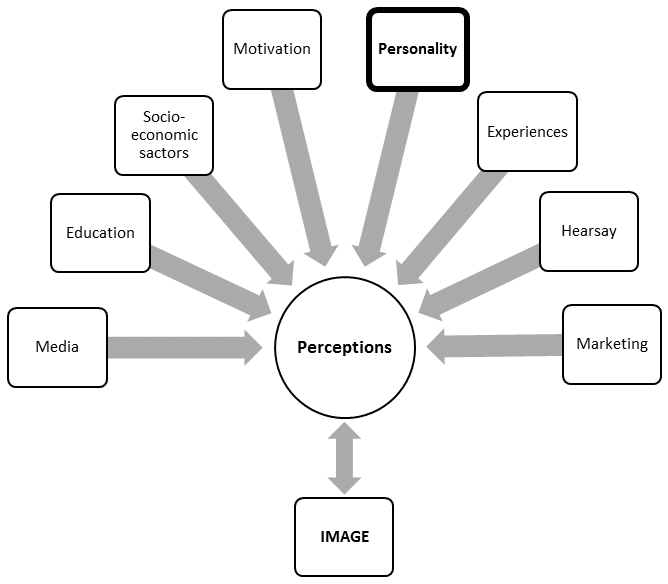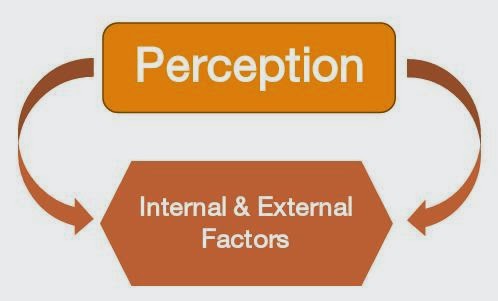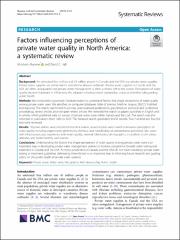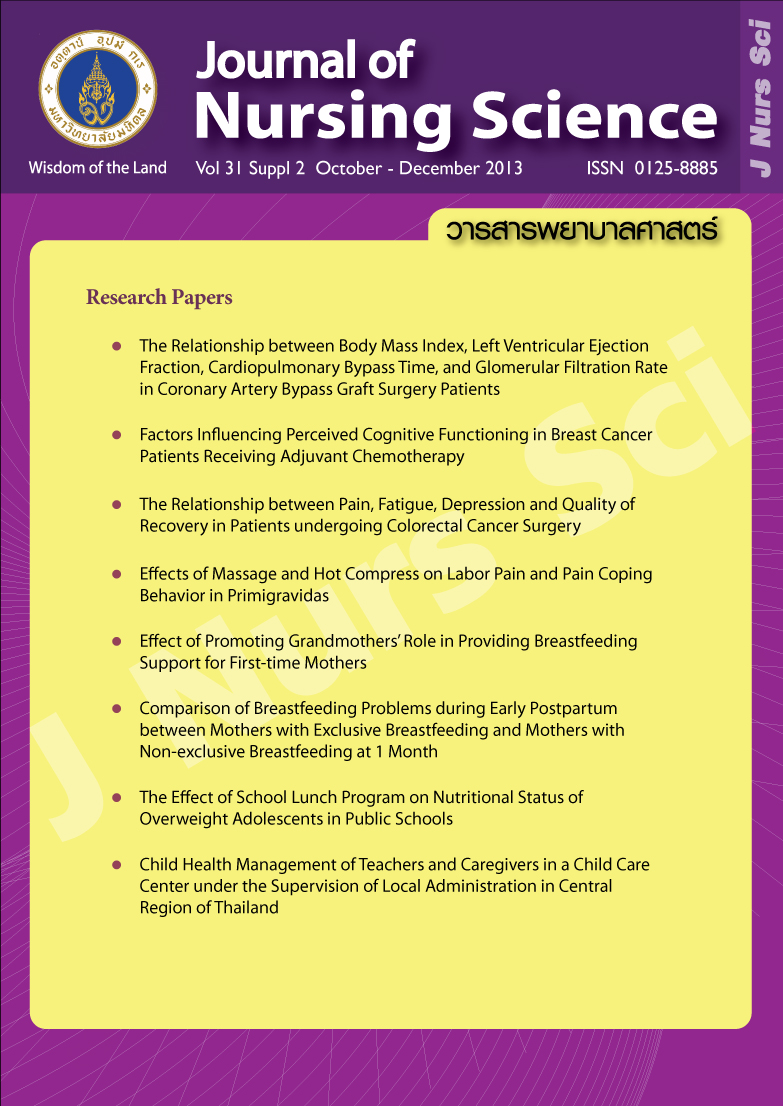Perception refers to the process by which individuals interpret and make sense of sensory information from their environment. It is a complex and multi-faceted process that is influenced by a variety of factors. Some of the main factors that can influence perception include an individual's past experiences, their current state of mind, the context in which the information is presented, and the characteristics of the stimuli itself.
One of the most significant factors influencing perception is an individual's past experiences. Prior experiences shape our expectations and interpretations of the world around us. For example, if an individual has previously encountered a venomous snake, they may be more likely to perceive a non-venomous snake as dangerous because of their past experiences. This is known as perceptual set, which refers to the tendency to perceive stimuli in a particular way based on prior experiences.
Another factor that can influence perception is an individual's current state of mind. Emotions, attitudes, and motivation can all affect how we perceive the world around us. For example, if an individual is feeling anxious or stressed, they may be more likely to perceive stimuli as threatening or negative. On the other hand, if an individual is feeling positive and relaxed, they may be more likely to perceive stimuli as positive and pleasant.
The context in which information is presented can also influence perception. The way that information is presented, such as the tone of voice or body language of the speaker, can affect how an individual interprets the information. For example, if an individual is presented with the same information in a calm and reassuring tone of voice, they may perceive the information as more trustworthy than if it is presented in a harsh or aggressive tone.
Finally, the characteristics of the stimuli itself can influence perception. The physical characteristics of the stimuli, such as size, shape, color, and texture, can all affect how an individual perceives it. For example, an object that is large and brightly colored may be perceived as more noticeable or important than an object that is small and dull in color.
In conclusion, perception is a complex process that is influenced by a variety of factors, including an individual's past experiences, current state of mind, the context in which the information is presented, and the characteristics of the stimuli itself. Understanding these factors can help us better understand how we perceive the world around us and how we can improve our perception of the world.
